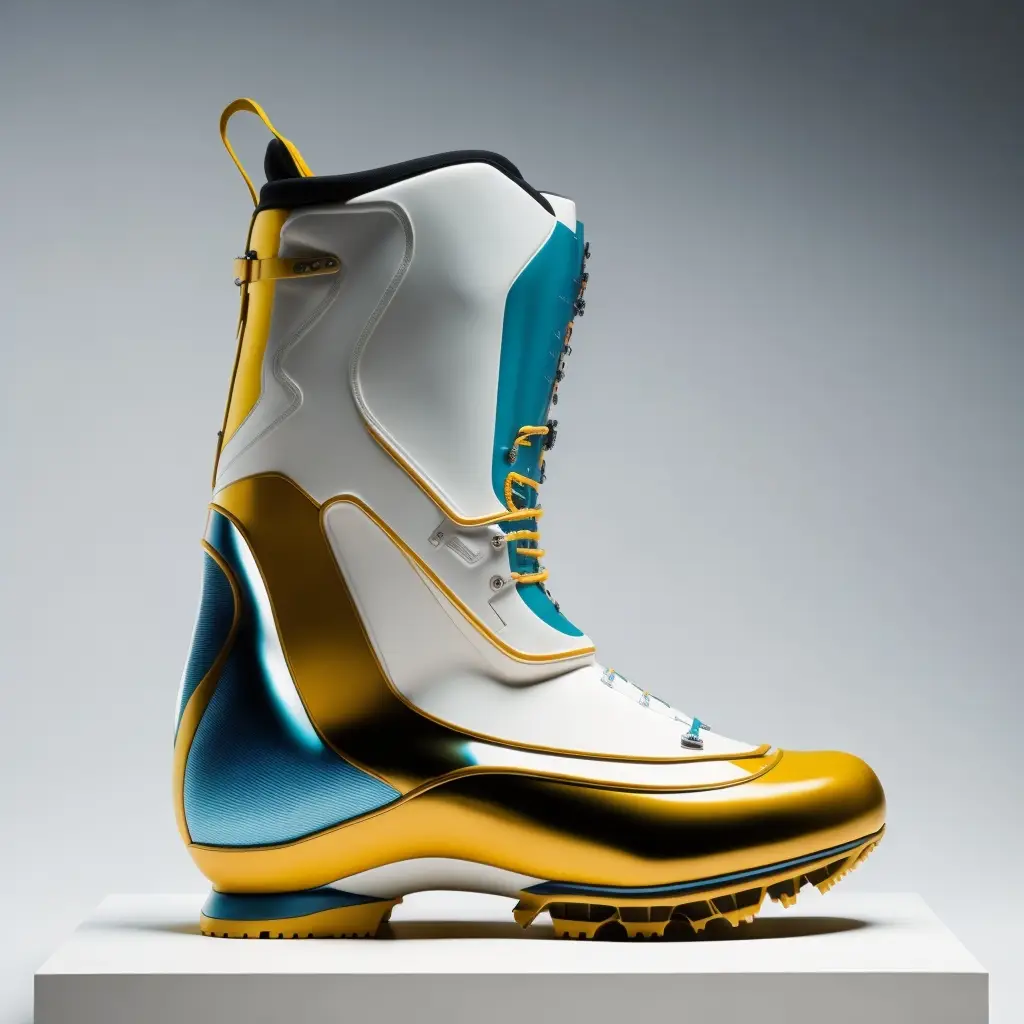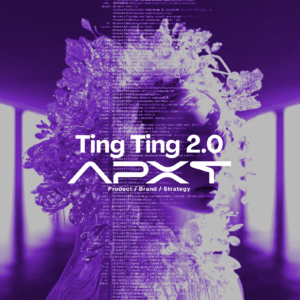3 min read
The concept of Augmented Creativity is revolutionizing how designers, artists, and creative minds approach their work. It’s not about AI simply assisting in design tasks; it’s about empowering designers to become visionary directors and concept creators, while AI aids them in the creation process. Let’s delve into this paradigm shift and explore the concepts of Smart Design and AI-aided design processes that are propelling this movement.
From Designers to Visionary Directors
Traditionally, designers were tasked with the nitty-gritty of design creation, from conceptualization to execution. However, the era of Augmented Creativity is redefining their role. Designers are now elevated to the position of visionary directors. They set the stage, define the overarching concept, and guide the creative direction. This shift frees them from the minutiae of design execution and enables them to focus on what truly matters – creating innovative and impactful concepts.
Embracing Smart Design
At the core of this transformation is the concept of Smart Design. Smart Design is about harnessing the power of AI to streamline design processes and amplify creative potential. AI algorithms analyze vast amounts of data, uncover patterns, and generate design suggestions. This data-driven approach empowers designers to make informed decisions and explore design alternatives that they may not have considered. As a result, designers can channel their creativity towards refining ideas, rather than starting from scratch.
The Collaboration Between Humans and AI
Augmented Creativity is not about replacing designers with AI; it’s about a harmonious collaboration. Designers bring the human touch – intuition, empathy, and an understanding of human emotions – while AI brings analytical prowess and efficiency. Together, they create a synergy that leads to groundbreaking design solutions. AI-aided design processes enhance creativity by automating repetitive tasks, suggesting design variations, and providing insights, enabling designers to focus on higher-level thinking.
Enabling Innovation and Exploration
By utilizing AI in design processes, designers are empowered to explore uncharted territories. AI’s ability to process vast amounts of data and generate insights opens doors to novel design avenues. This leads to innovation not only in terms of aesthetics but also in problem-solving and user experience. Designers can experiment, iterate, and refine concepts more efficiently, resulting in designs that are both visionary and user-centric.
Shaping the Future of Design
The future of design lies in the hands of designers who embrace Augmented Creativity. This approach doesn’t limit creativity; it amplifies it. Designers become orchestrators of innovation, leveraging AI’s capabilities to craft remarkable experiences. As design agencies like Apexthinks demonstrate, the fusion of human vision and AI prowess paves the way for design solutions that are both groundbreaking and commercially successful.
In a world where AI is transforming industries, designers are at the forefront of a creative revolution. Augmented Creativity isn’t just about utilizing AI; it’s about using AI to elevate the role of designers into visionary thinkers and directors. Smart Design and AI-aided design processes are the tools that empower designers to focus on ideation, innovation, and crafting experiences that captivate audiences and drive business growth. The age of Augmented Creativity has dawned, and the future of design has never been more exciting.
Stay Curious, Stay Innovative.
Ting Ting Zhao
Ting Ting Zhao is a Digital Editor at Apxt. Passionate explorer of the intersection between creativity and technology. With an insatiable curiosity, I decode the complex tapestry of design, brand communication, and emerging technologies. As a seasoned critic and strategist, I’m on a mission to demystify the strategic potential of design in the digital age. Join me as we navigate the ever-evolving landscape, unraveling possibilities, and shaping brands that thrive in the dynamic world of innovation.



